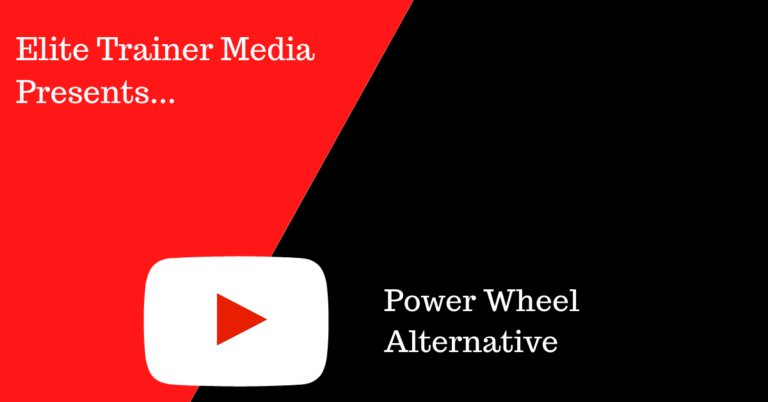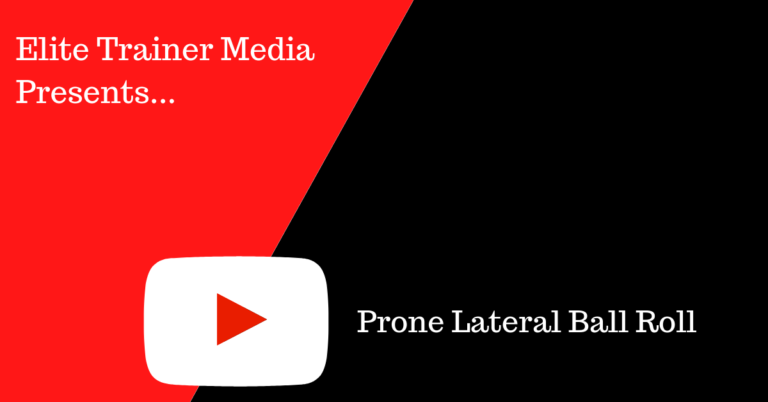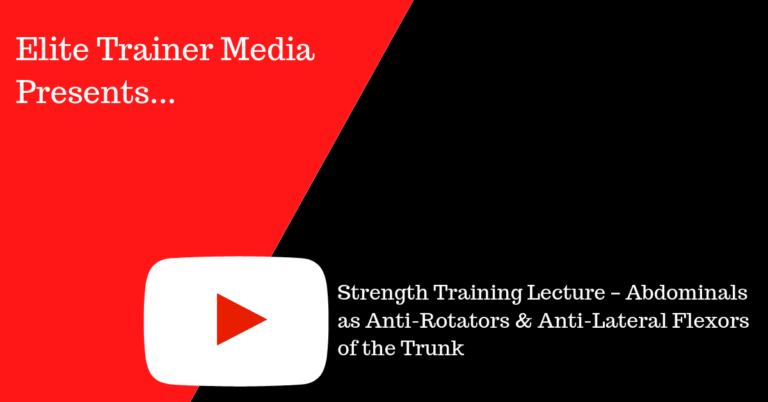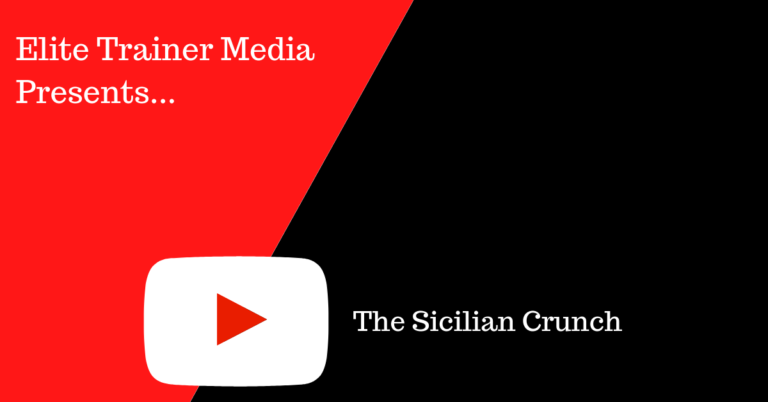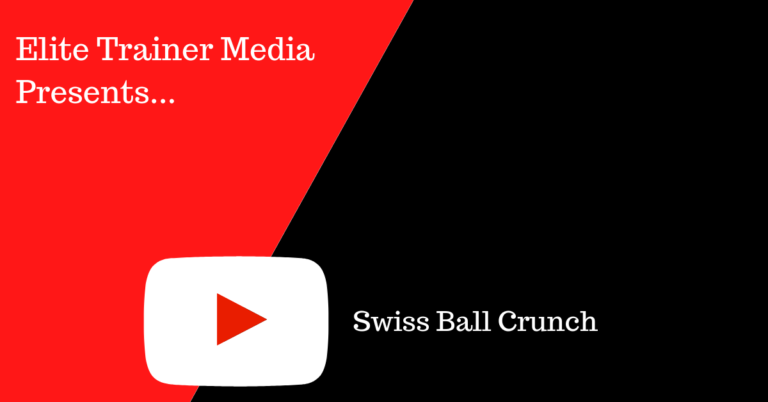The supine knee-in is an effective abdominal exercise when performed correctly. In most gyms, people hold a medicine ball or dumbbell between their feet for resistance, but since the weight acts downward, it tends to over-activate the hip flexors just to keep the weight off the ground. A better option is to use horizontal loading…
For more information, check out Muscle Devices And Weight Room Alternatives.
In some cases it’s best to count reps, and in other cases it’s best to regulate the time under tension. The prone lateral ball roll is an example of where it’s best to assign a time (like 30 seconds) rather than a rep number.
In some cases it’s best to count reps, and in other cases it’s best to regulate the time under tension. The lower Russian twist is an example of where it’s best to assign a time (like 30 seconds) rather than a rep number.
Here’s part of my presentation at the 2012 Conference of the Ontario Kinesiology Association.
Here’s an advanced abdominal exercise that your clients will feel the next day!
Learn why it’s better to do abdominal crunches over a Swiss ball rather than on the ground.


